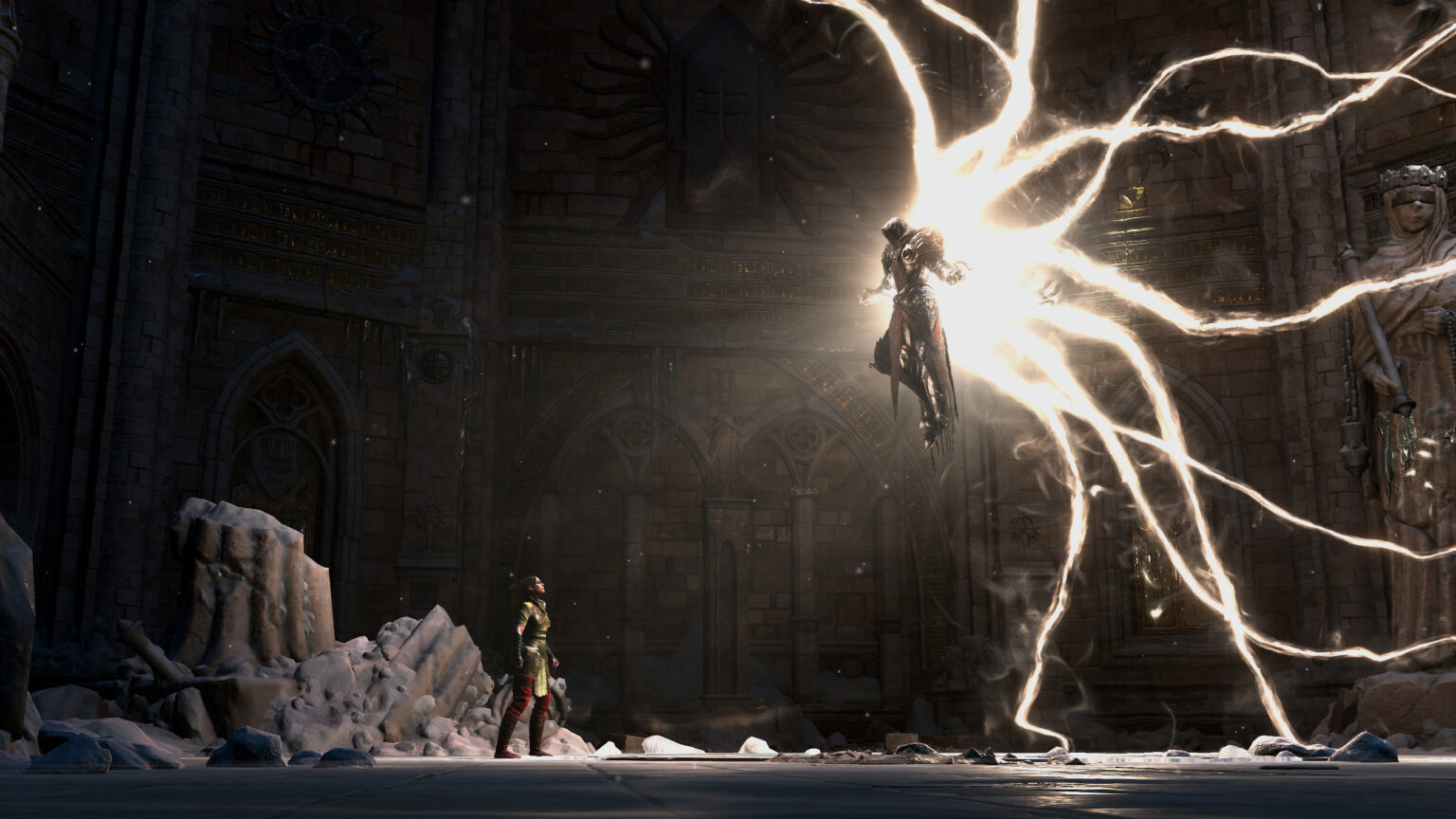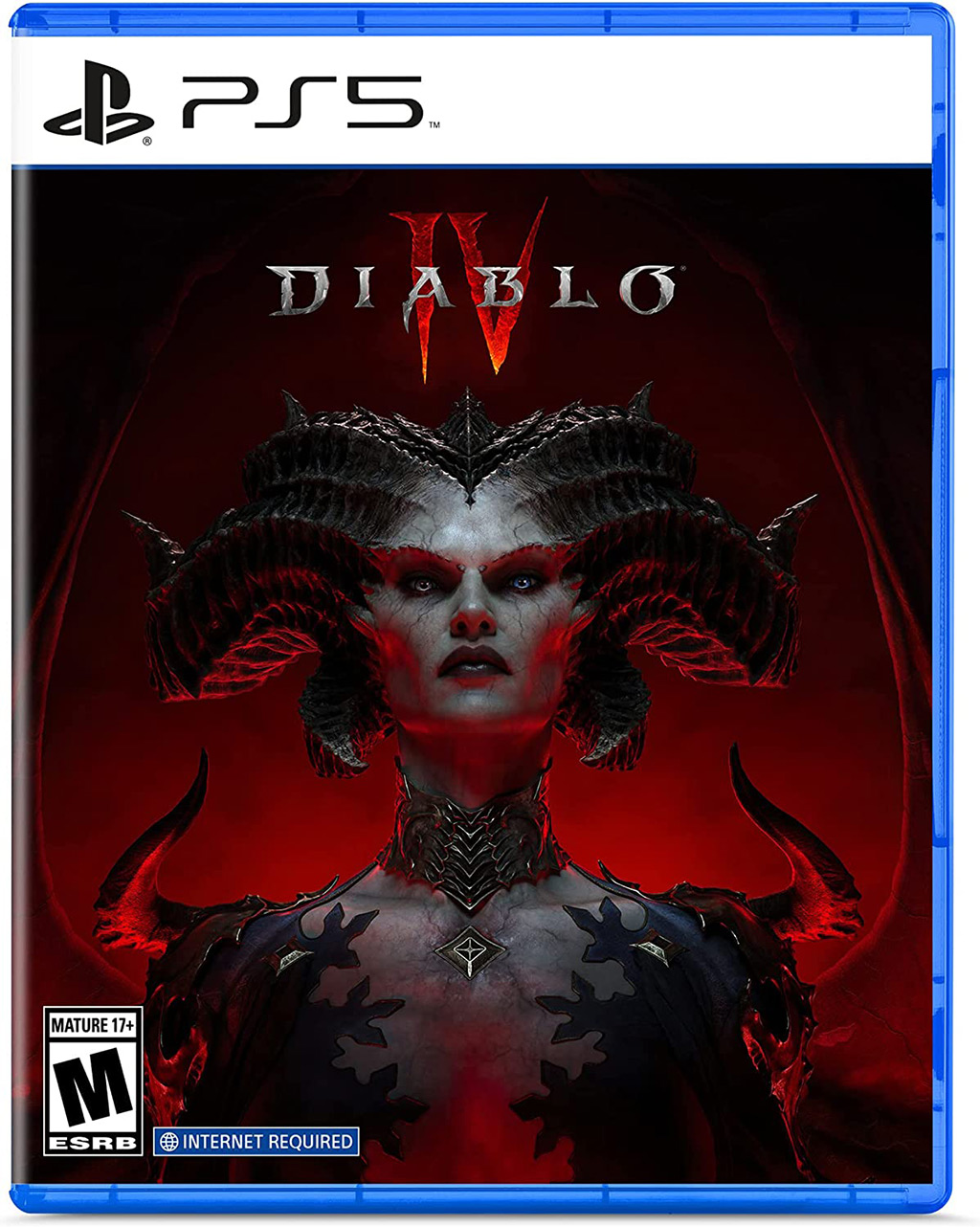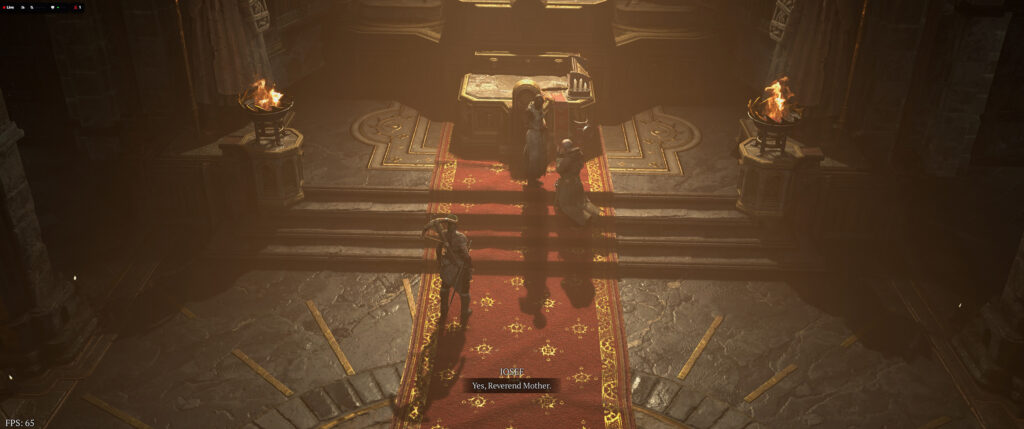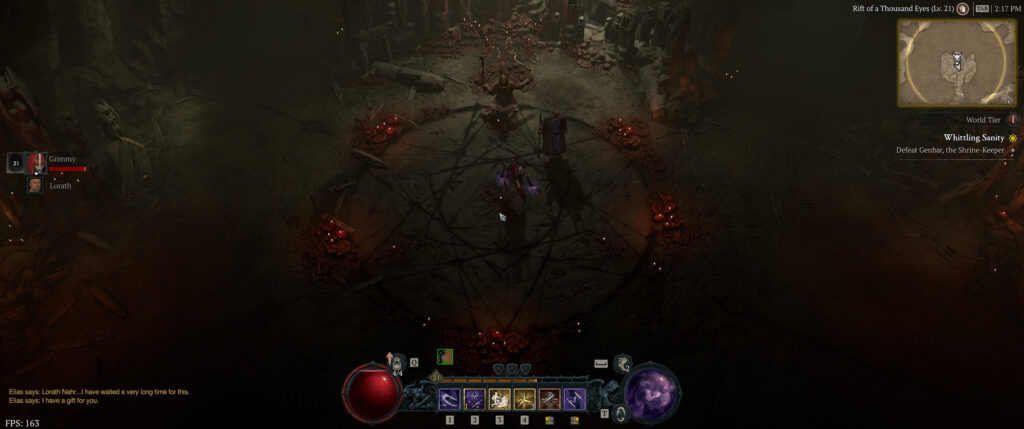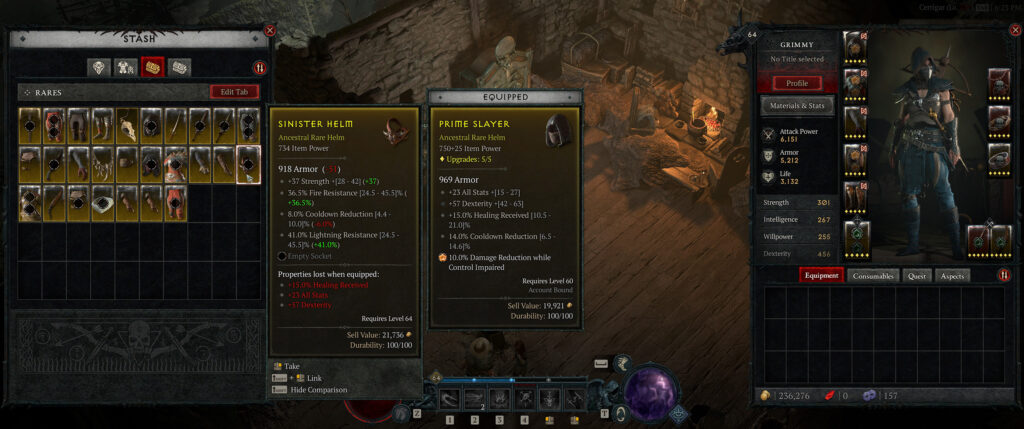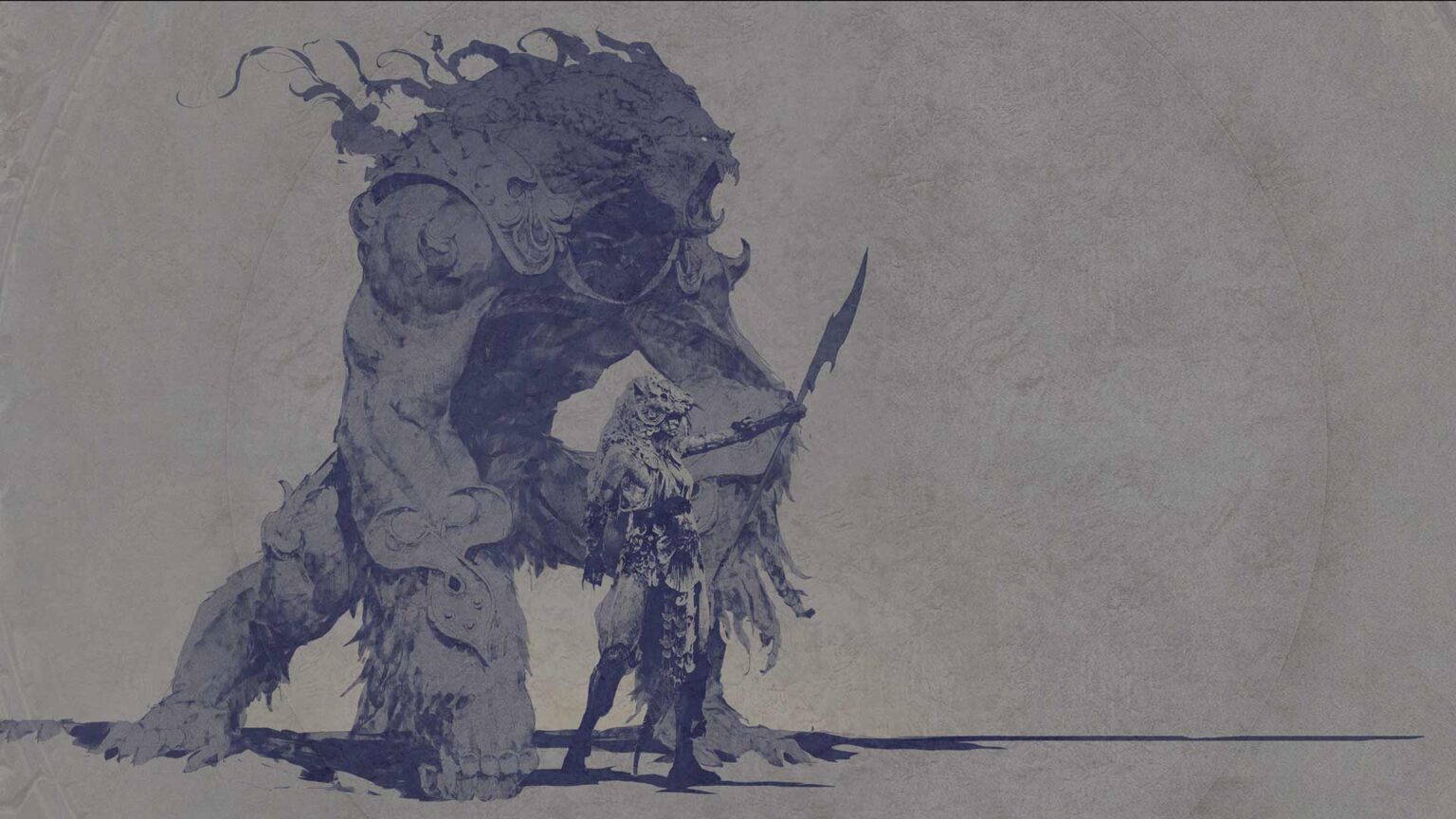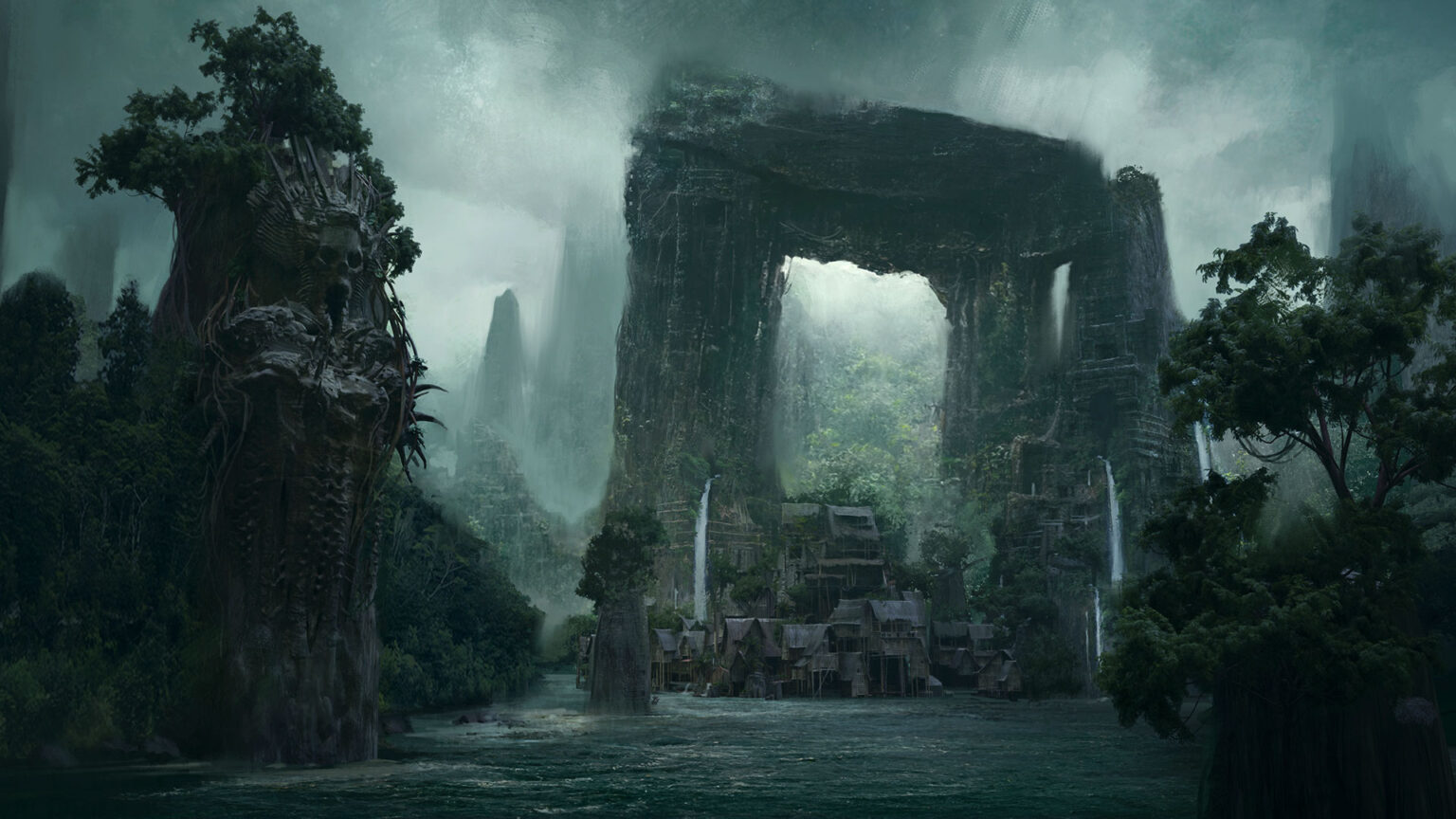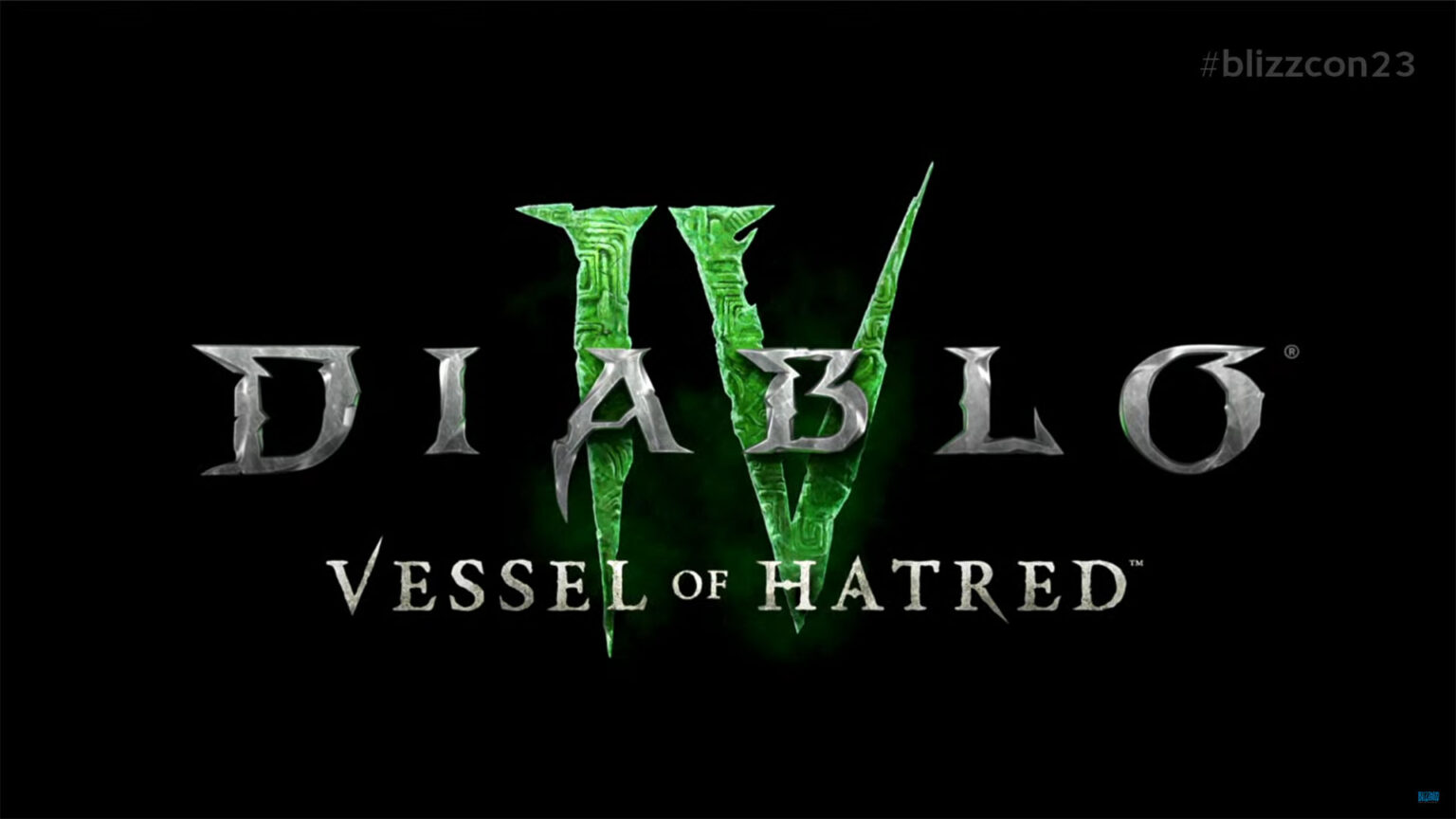Quick Verdict
I have never been so torn on a game that I so desperately want to love. I have spent thousands of hours playing Diablo games in my lifetime, and I was looking forward to spending a thousand more on Diablo IV. Unfortunately, the game isn’t even capturing enough of my attention for me to grind to Level 100, and the choices being made by the development team doesn’t give me a lot of faith that they’re prioritizing fun over monetization. For every well-executed aspect or feature in Diablo IV, there are several puzzling choices that leave you bewildered, wondering, “Is this truly enjoyable?”
As I was going through the campaign of Diablo IV, I came up with the perfect metaphor for the game. A single gnat or fly buzzing around you can be a mild annoyance, but you’ll forget about it eventually and go about your day. But if you had 30 gnats or flies buzzing around you at the same time, that would be really bothersome and a memory you likely won’t forget, at least for a little while. That’s what Diablo IV feels like to me. There are all these little mild annoyances, that on their own, don’t really affect the game that significantly. But the combination of all of them is enough to ruin the experience.
After all these years, we finally get to return to Sanctuary. A Sanctuary crafted from the ground up for a modern generation, with a console-first approach — for better or worse. Since Diablo 3’s initial release, the action RPG genre has really evolved. There is Path of Exile, which appeals to spreadsheet enthusiasts, while Lost Ark garners the attention of MMORPG players. Then we have Early Access titles, like Last Epoch, that are very promising if they can continue to evolve. Even Victor Vran, a game we reviewed in 2015, brought fresh ideas to the genre. After my experience with the Diablo IV open betas, I felt a bit underwhelmed and as a result, I tempered my expectations. To me, Diablo IV didn’t feel like the innovative step forward for the genre you would expect from a Blizzard game, especially one that has been in development for years. I knew nothing would stop it from selling like crazy — it is a Diablo game after all — but I was worried Diablo IV wasn’t going to be the Diablo game I’ve been waiting years for.
Let’s get the good stuff out of the way. The overall campaign is a solid experience and much improved over Diablo III’s initial four acts. I found the story to be a bit of a mess, but I really loved the environments, atmosphere, and overall art direction for the game. The music is the best soundtrack Blizzard has put out in decades. I found the companions you meet throughout the campaign to be generic and not very compelling, but they were serviceable. While the cutscenes are very memorable, the overall story arc is not. It’s far from being a masterpiece, but it’s not the disaster Diablo III was. Remember, Deckard Cain died for this.
Combat
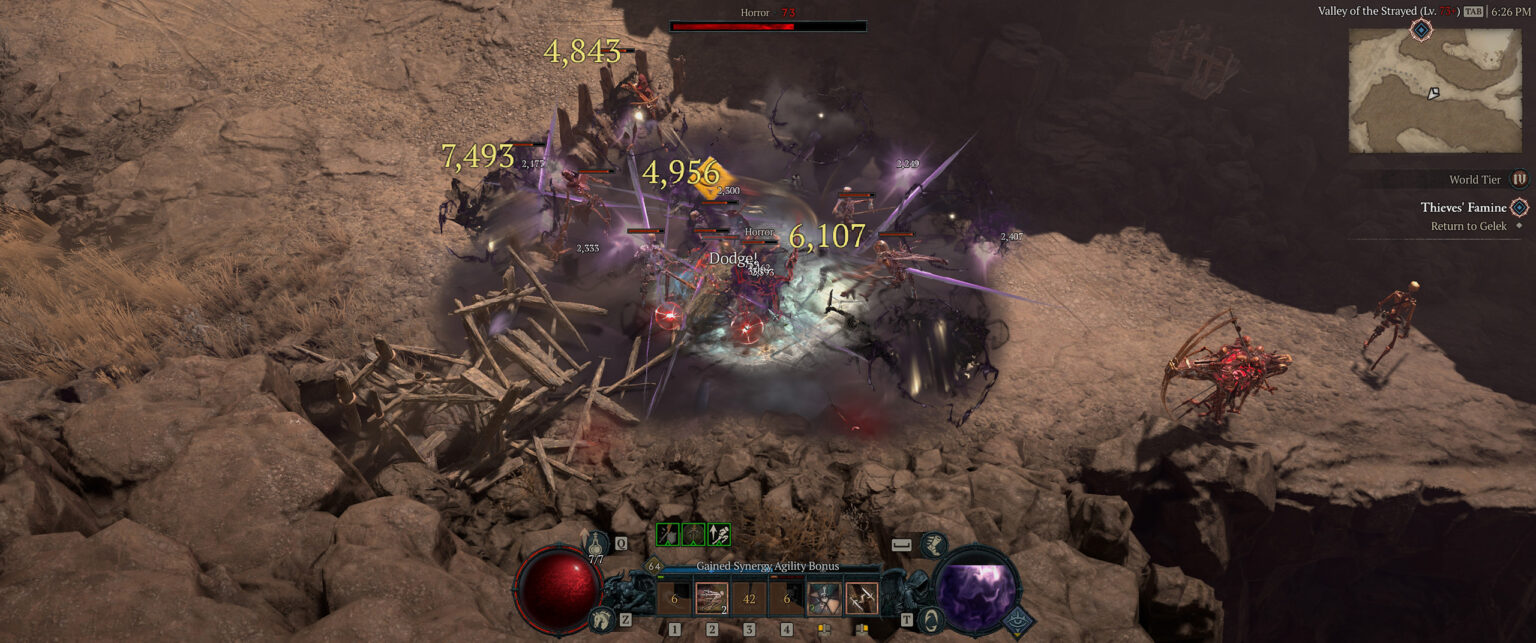
Initially, Diablo IV plays much like a slower version of Diablo III. It pulls back a bit from the flashiness of its predecessor, but once you complete the campaign and start crafting together a final build, it’ll all be very similar. That means combat feels solid, engaging, and fun. Some of the boss fights can be long and tedious, but I appreciate the attempt of including actual mechanics this time around.
If you’ve previously played a Diablo game, you should know what to expect with the combat experience. It’s polished and well-executed, and I always found it to be the best out of all the isometric action RPGs out there. The game provides all the right visual and audio feedback, so you know when skills are on cooldown, or you’re out of resource, or you’re on the verge of death. That is one thing Diablo does extremely well compared to its competitors, which is why Diablo games always feel so satisfying to play. You know when you’re hitting things, and you know when things are hitting you. It sounds like such a silly thing to praise, but you’ll be surprised how few games do it as well as Diablo does.
Build Diversity
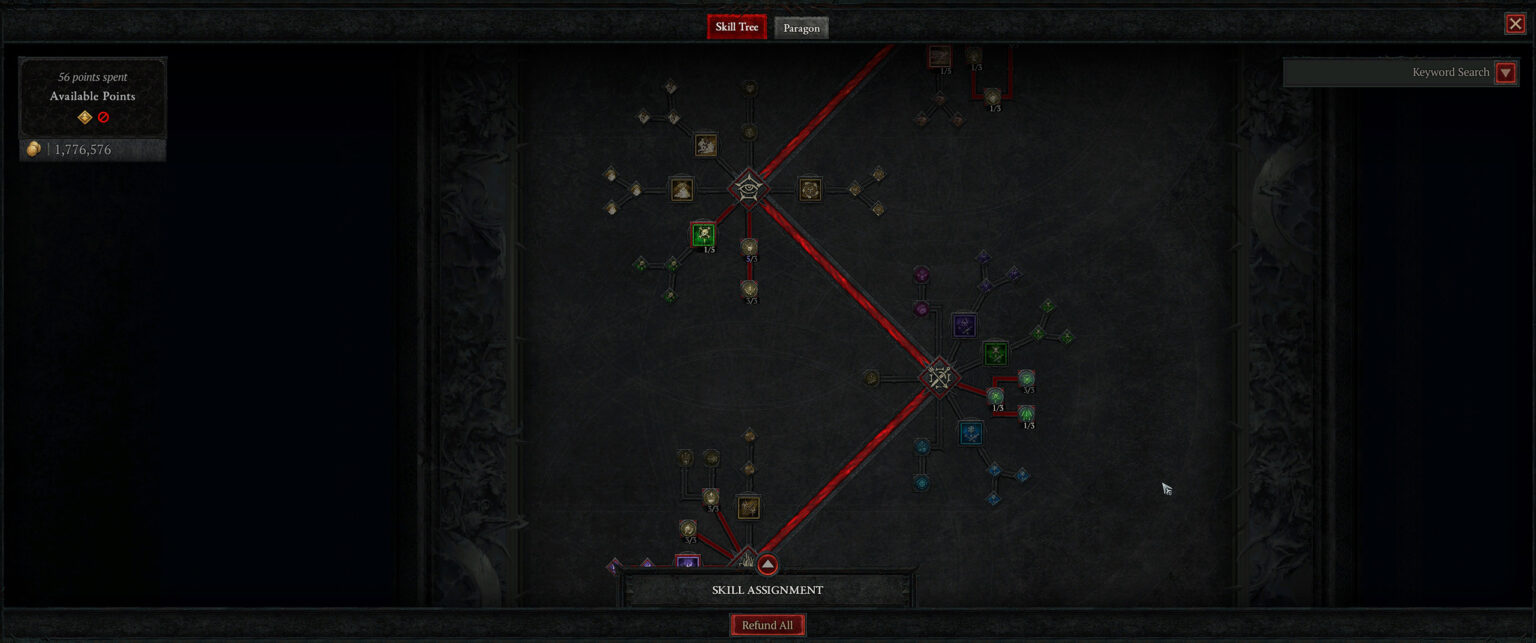
Personally, I find the skill tree in Diablo IV to be very lackluster. I mentioned this in my open beta impressions, and I still do believe it’s very much like Diablo III’s design with a new coat of paint. Yes, you have points to spend this time around, and there are branching choices to be made, but it’s all an illusion of depth once you dig into it.
The Paragon board is a bit more complex and there are a lot of interesting choices with the Glyphs, but it ultimately just results in bigger numbers. The Paragon points you invest past Level 50 doesn’t significantly change your core build or gameplay. The puzzle to solve with the Paragon board is figuring out how to get the biggest numbers possible.
My biggest complaint is about how difficult Diablo IV makes it for you to change your build. With Diablo III, you can easily swap skills if you want to test something out — or engage in a different playstyle. For example, Diablo III had true support builds that did zero DPS. I don’t imagine you’re going to see much of that in Diablo IV. Not only does it get unnecessarily expensive to respec, it’s a huge pain. You can’t easily revert back if you don’t like your new build, so testing is really inconvenient. I know it’s meant to be a compromise between Diablo II and Diablo III’s systems, but I find it so odd this was the best system Diablo IV could come up with.
Itemization
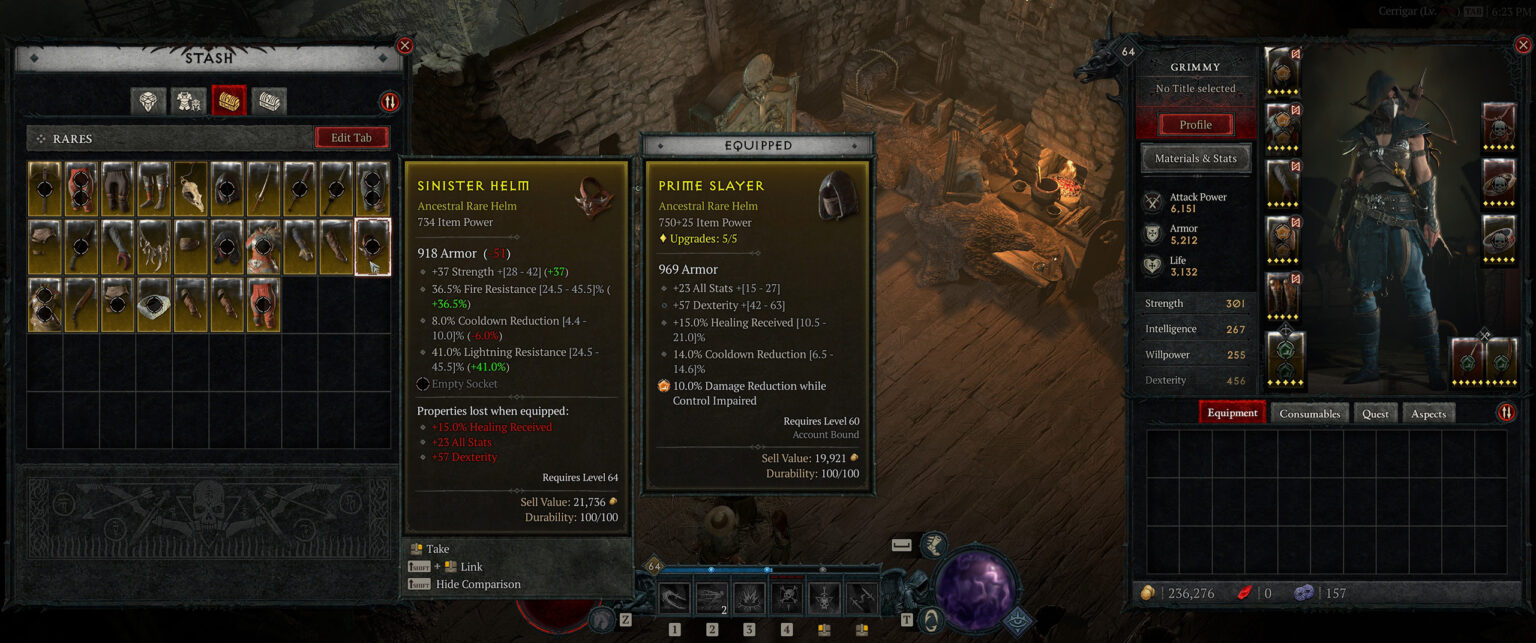
Itemization is either going to be amazing or the worst thing in the world, depending on which side of the Diablo fence you’re on. I do like the fact that Strength, Intelligence, Willpower, and Dexterity can all play a role in your build, even if some are lower priority than others depending on your class. I do like the variety of affixes that can roll on gear, but many of them are currently worthless, whether because they’re bugged or they just don’t scale properly in end game. I find it a bit odd that the Diablo IV team decided to abandon the design of rare items rolling one more affix than Legendaries, since that twist actually gave a very good reason to be excited about rare drops.
Where itemization becomes a real pain is how expensive it is to reroll the gear. Never mind the fact that the materials you need to reroll an affix only drop during a time-limited world event, the gold cost also grows exponentially. Why is this so bad? Because it’s difficult to invest in a set of gear as a stopgap, or upgrade pieces one by one. You’re going to hit level 60, get your first set of Ancestral gear that is “good enough,” invest the gold and materials to roll what you need and upgrade all those pieces to max. From there, you’re going to only hunt for near-perfect pieces, because you’re not going to want to spend the Diablo IV gold and materials for minor upgrades. In Diablo III, you didn’t hesitate to swap out a piece of gear even if it was just 0.5% more critical hit chance. In Diablo IV, you’re not going to swap out a piece of gear unless it’s a noticeable upgrade. There are arguments to be made for both sides, but I feel like overall itemization in Diablo IV removes the “choice” that you, as a player, get to make for your character.
To make matters worse, you can only have four stash tabs. And since nearly everything in this game takes up an inventory slot, from Dungeon Sigils to Legendary Aspects you remove from gear to Imprint on Rare items, you’re not going to be hoarding much gear in an attempt to try another build. When we, as a playerbase, said we liked certain things about Diablo II, we really didn’t mean having to use mules again to store our items.
Oh, Mother…
There’s no arguing that Diablo III was a huge miss when it came to its atmosphere. That team clearly wanted to try a different direction with their game, and for fans who grew up playing Diablo and Diablo II, it really wasn’t a welcomed change. Diablo IV is a triumphant return to that darker world of Sanctuary, full of gruesome details and fantastic environments. But for a game that requires an online connection, this world really feels empty and lonely. The aggressive instancing during the first two weeks of launch meant you would rarely run into other players in the world, leaving events a struggle to complete unless it was a World Boss. While the map is massive, traveling from one location to another gets old pretty quickly. In fact, after you finish the campaign and uncover the entire map, it feels like an inconvenience each time you mount up and hurry off to your quest marker, skipping everything in between because it’s so meaningless. And you’ll be doing this a lot, because the Renown system is very tedious to complete. It’s also annoying when it takes longer to get to a dungeon, than it is to complete it.
To me, Diablo IV suffers from an identity crisis. The game is seemingly trying so hard not to be Diablo III, but it doesn’t really do anything innovative enough to set it apart from the rest of the crowd. It is clearly inspired by other modern action RPGs such as Path of Exile and Lost Ark, but it can’t decide which of the two it would rather be. Sure, at one point in time Blizzard Entertainment was known for making genre-defining experiences, but that’s no longer the case. What “Blizzard of old” used to do really well was take an existing concept, and make it so much better that no one even remembered the original game. World of Warcraft, for example, took the fundamental design of an MMORPG like Everquest, and made it so approachable that even non-gamers began to play it. If Diablo IV is an attempt to reinvent the action RPG genre to appeal to a more casual group, I don’t think it succeeds, other than its console-first design that simplifies things.
Throughout my playthrough of the campaign, I felt that Diablo IV was created by dedicated developers, artists, and designers who truly love the Diablo franchise. They wanted to make the best game possible, and poured their hearts into creating something truly special. But unfortunately, somewhere at the director or producer level, someone or a group of managers failed the rest of the team. Diablo IV lacks the polish you would expect from a Blizzard Entertainment game, especially one where the team felt so confident leading up to its release. And this is where all these mild annoyances start adding up, resulting in a disappointing overall experience.
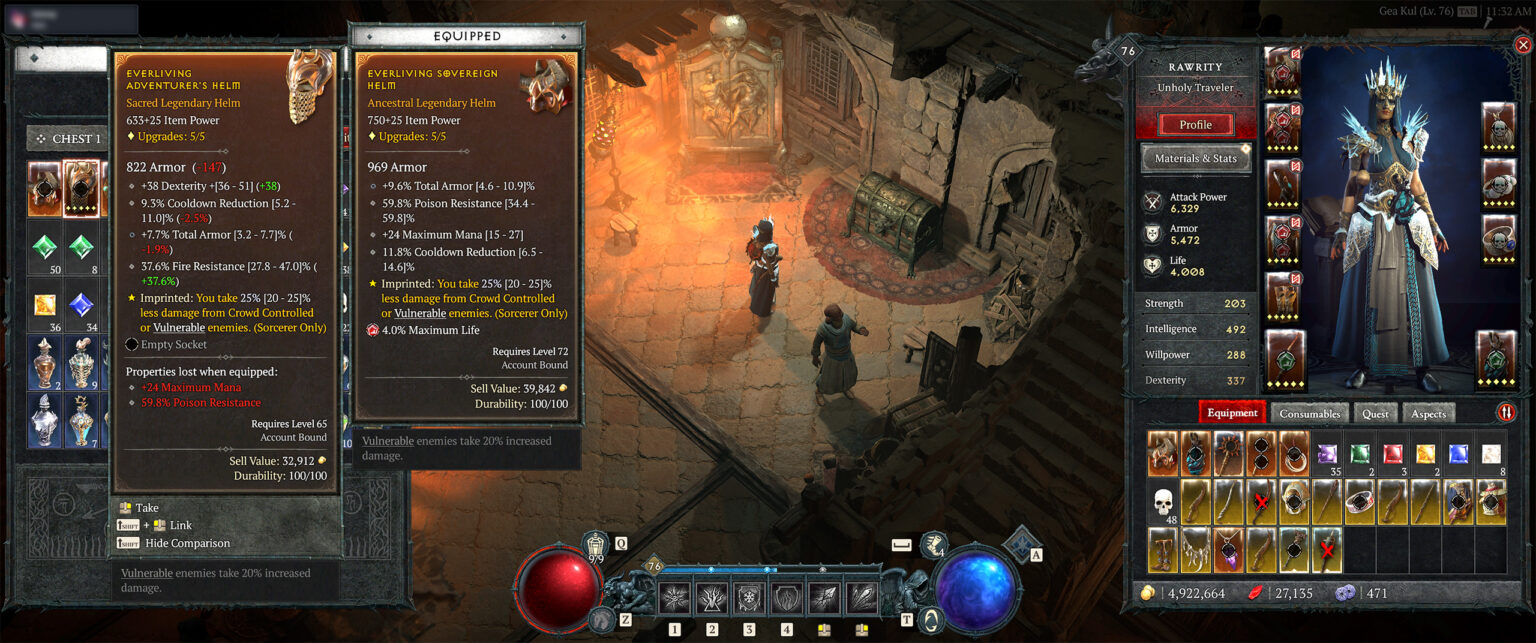
The above screenshot is one way to illustrate my point. There is no hierarchy with the affix rolls on items, causing an actual headache when you’re sifting through all your loot and trying to do comparisons. And then there’s the fact that the item comparison defaults to off every single time you log into the game. It doesn’t matter if you turned it on the last time you played, Diablo IV doesn’t bother saving your preference. These are two mild annoyances that aren’t very significant, but they’re both very simple things to fix. Instead, the team is currently more worried about nerfing dungeons, Legendary aspects, and mob density, because 0.1% of the playerbase has run out of things to do.
The above video was just one of several bugged Nightmare Dungeon runs we have encountered while playing Diablo IV. During the closed and open betas, many content creators gave feedback around the decision to design dungeons with the “Slay all enemies” objective. The Diablo IV team refused to budge on the idea, and this is the result: we couldn’t find the last two enemies in this dungeon no matter how many laps we took around the map. This isn’t a rare occurrence either, and it’s just another mild annoyance to add to the list.
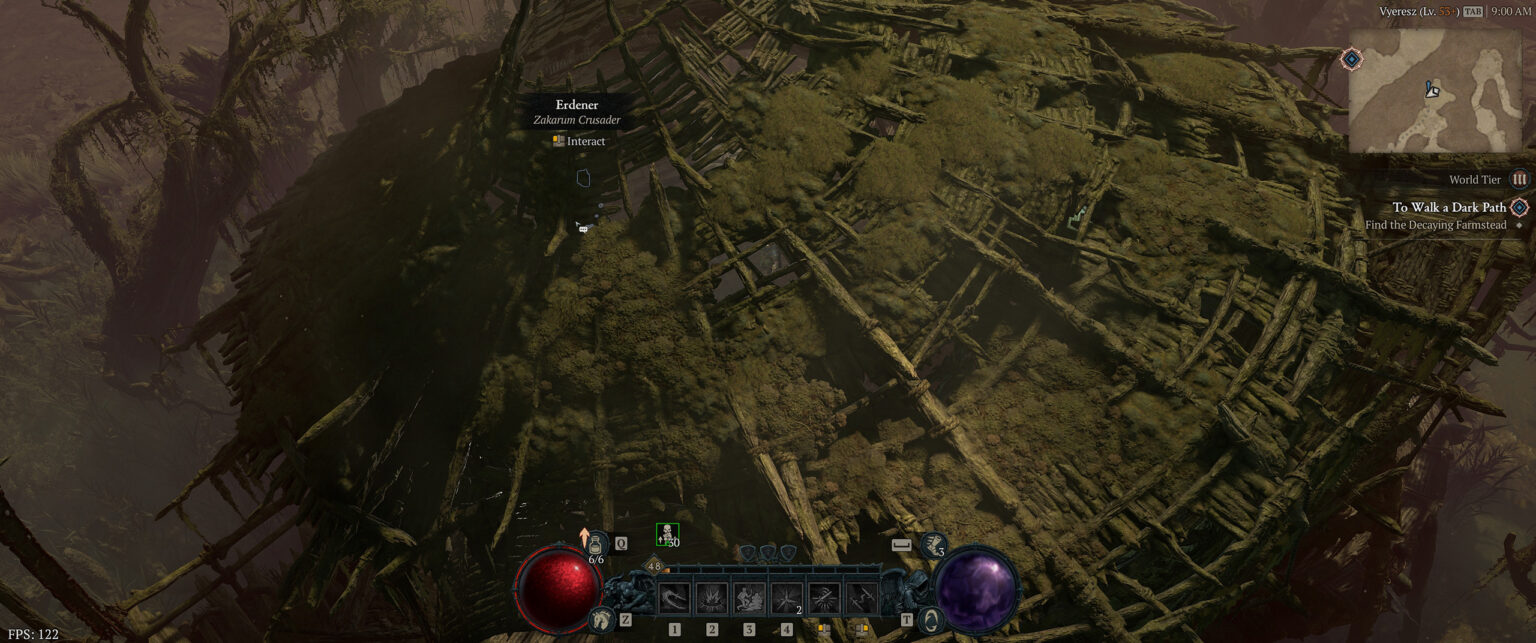
This image depicts a visual bug, where the roof of the building didn’t disappear when I entered it. Normally this would be a minor inconvenience, but as my mouse pointer shows, there’s a quest interaction in that hut and there’s even an Elite you have to fight. Another minor annoyance that’s a bug instead of a design choice, at least I hope, but these are the things you don’t expect to see from a Blizzard Entertainment game. As rough as Diablo III’s launch was, you didn’t encounter weird issues like this during the campaign.
Throughout my experience with Diablo IV, I found myself asking all these different questions about the minor annoyances in the game: Why is there a | with each line of chat? Why can I only track one side quest at a time? Why isn’t there a stash in every town? Why is everything in each town so spread out? Why does my mount move slower if my mouse cursor is close to it? Why is there no map overlay? How come I don’t see quests on the map unless I’m in that zone? How come the subtitles in this amazing cutscene don’t match the dialogue? How come I can only farm the material that’s required to reroll gear during a limited one-hour Helltide event? Eventually the question became, “Why am I still playing this game?”
Final Thoughts
I know this review is overly critical, and many will find my complaints to be nitpicking. But that’s because I really care about the Diablo franchise and I really want Diablo IV to be a fun game that I can play for thousands of hours for years to come, until the release of Diablo V. I didn’t even mention monetization and the Battle Pass, because I think none of that belongs in a Diablo game. Everyone has their personal opinions about microtransactions and I believe that’s fair.
What little hope I had that the Blizzard Entertainment I grew up with was buried somewhere underneath that pile of corporate greed and egotistical developers is now gone. For many, Diablo IV is the perfect Diablo game for them and that’s great! But for me, Diablo IV is the first Diablo game that got less fun the more I played it, and sadly, I’m not alone. But that’s okay because, ultimately, not every game has to be made for me, and there are plenty of other options out there to explore.
Diablo IV was released on June 6, 2023. This review is based on a purchased retail copy of the game on PC. While FullCleared does have affiliate partnerships, they do not influence our editorial content. We may, however, earn commissions for products purchased via affiliate links.

